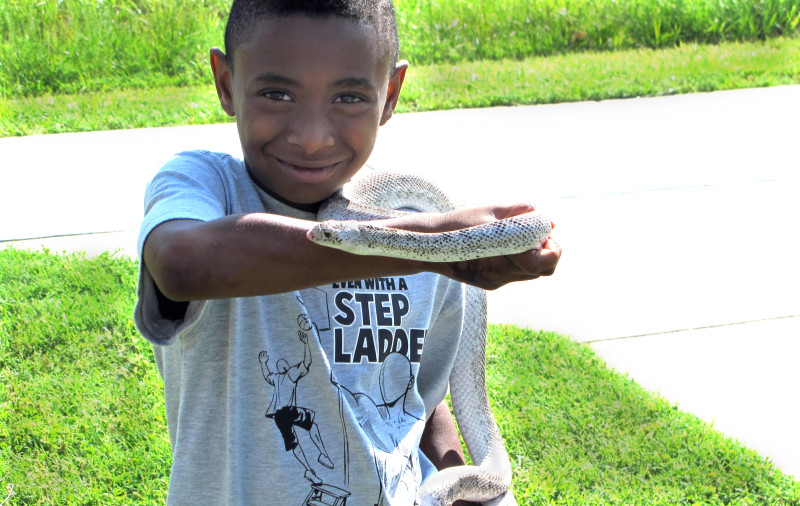It’s common to see turtles trying to cross a road in heavy traffic from April through October. The reason is that in the spring, males are actively looking for females and territory, and females are looking for suitable nesting places. Then, in late summer and fall, hatchlings look for water. Later still, all turtles are looking for places to hibernate or, sometimes, just moving to a new area.
Before stopping to help a turtle, make sure you can safely park off the road to keep yourself out of traffic’s way. And turn on your hazard lights.
You should never pick up a turtle by the tail—it hurts. So, pick it up by grabbing each side of its shell behind the front legs. It might tuck itself into its shell or kick at you—you can’t be sure what it will do, so hold it tight and carry it close to the ground to prevent injury in case it falls loose. Carry it in the direction it was traveling—it was headed that way for a reason–and release it several feet beyond the road. Turtles should never be turned around. If you do, they’ll eventually turn back around and try to cross the road again.
When trying to help large snapping turtles, don’t try to pick them up. Unless you’re an expert, you’re putting yourself at risk of serious injury. Their jaws are powerful enough to deliver a severe bite or even snap off a finger. To move them, use a long blunt object (nothing that will stab them) and gently nudge them across the road. Stay back, and don’t use your foot; they can swing around surprisingly fast.
Taking a turtle home as a pet is tempting, but that’s never the best thing for them. They require expert care. They shouldn’t be relocated, either, from where you found them. It moves them out of their territory, forcing them to try to find a new one. Some will try to find their way “home” and end up in even more danger. Some will stop eating or wander helplessly.





